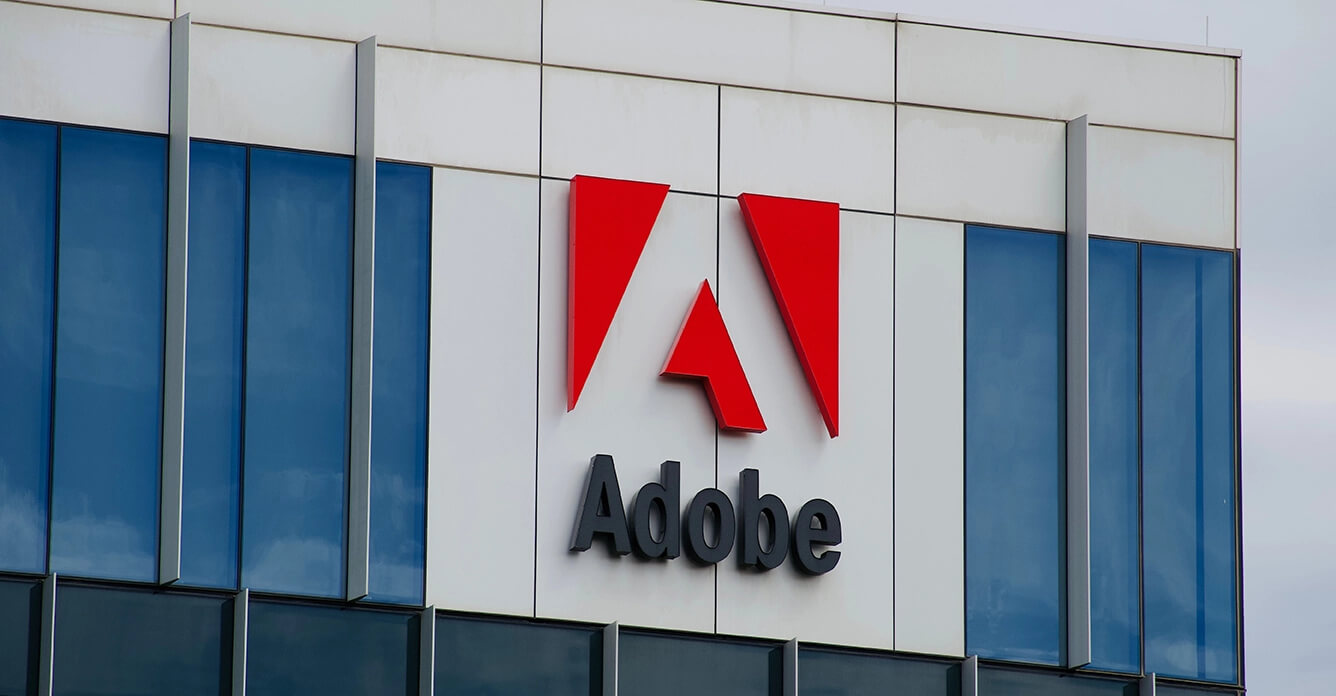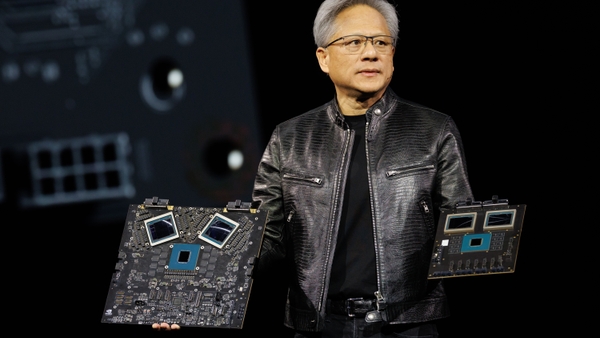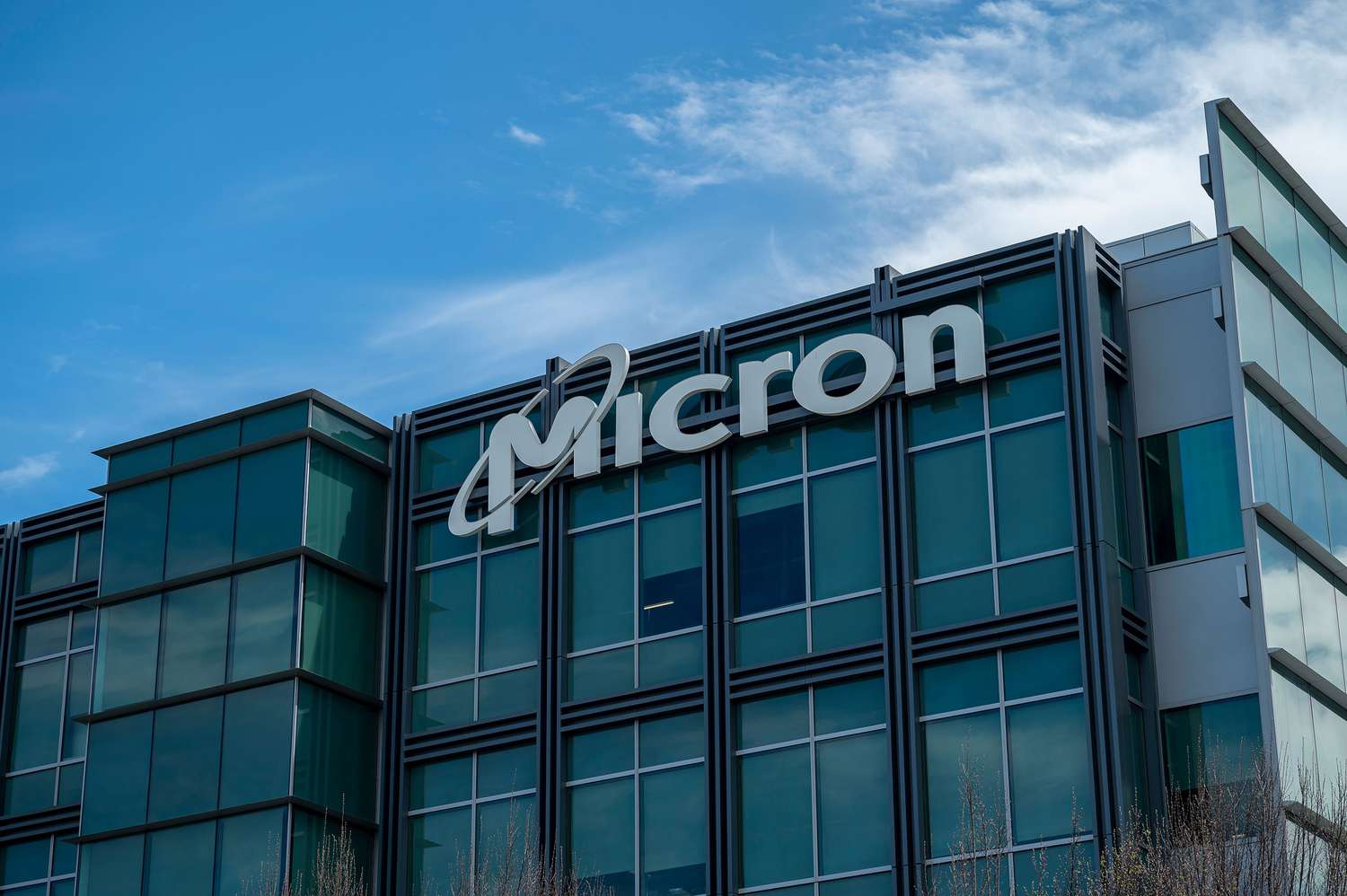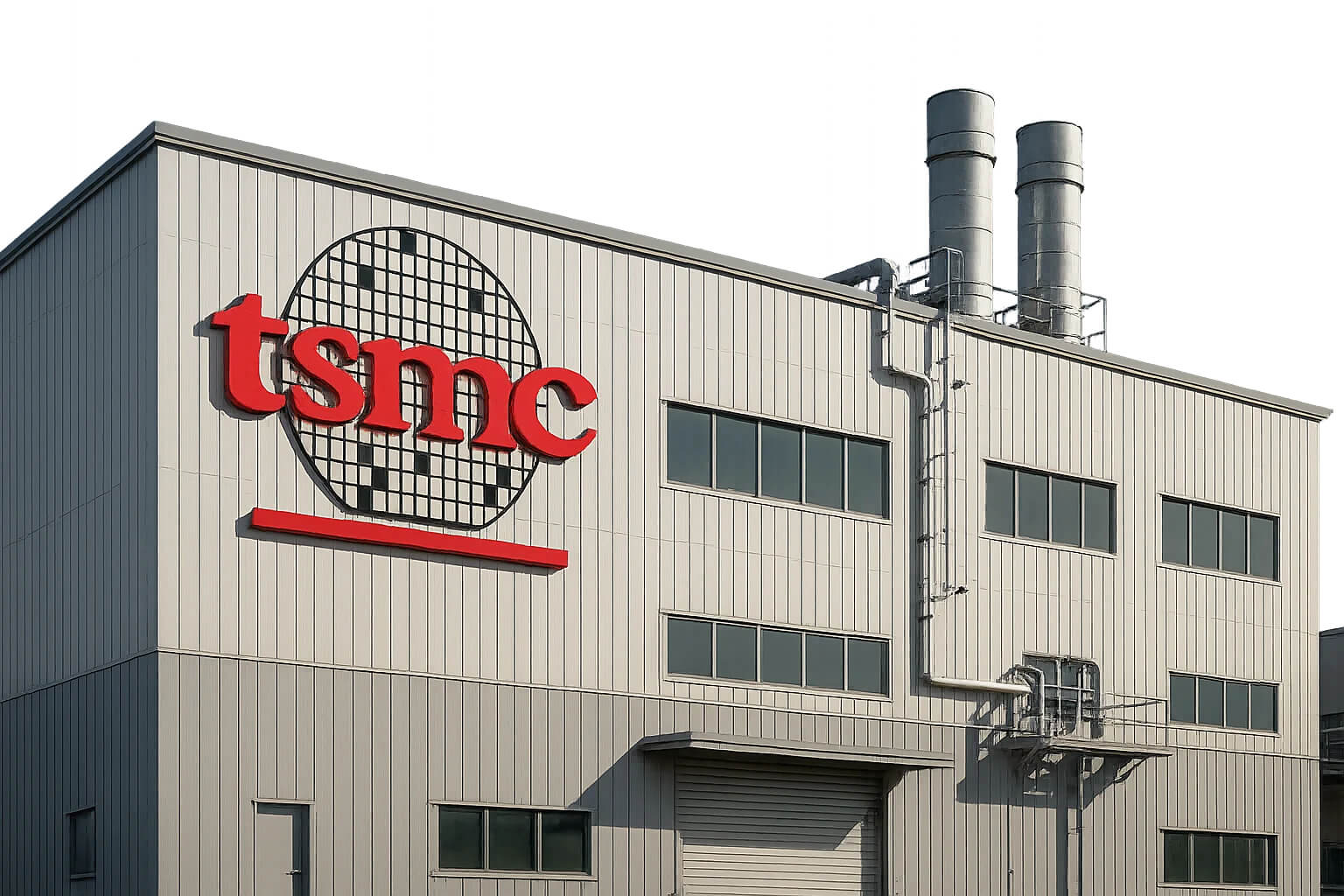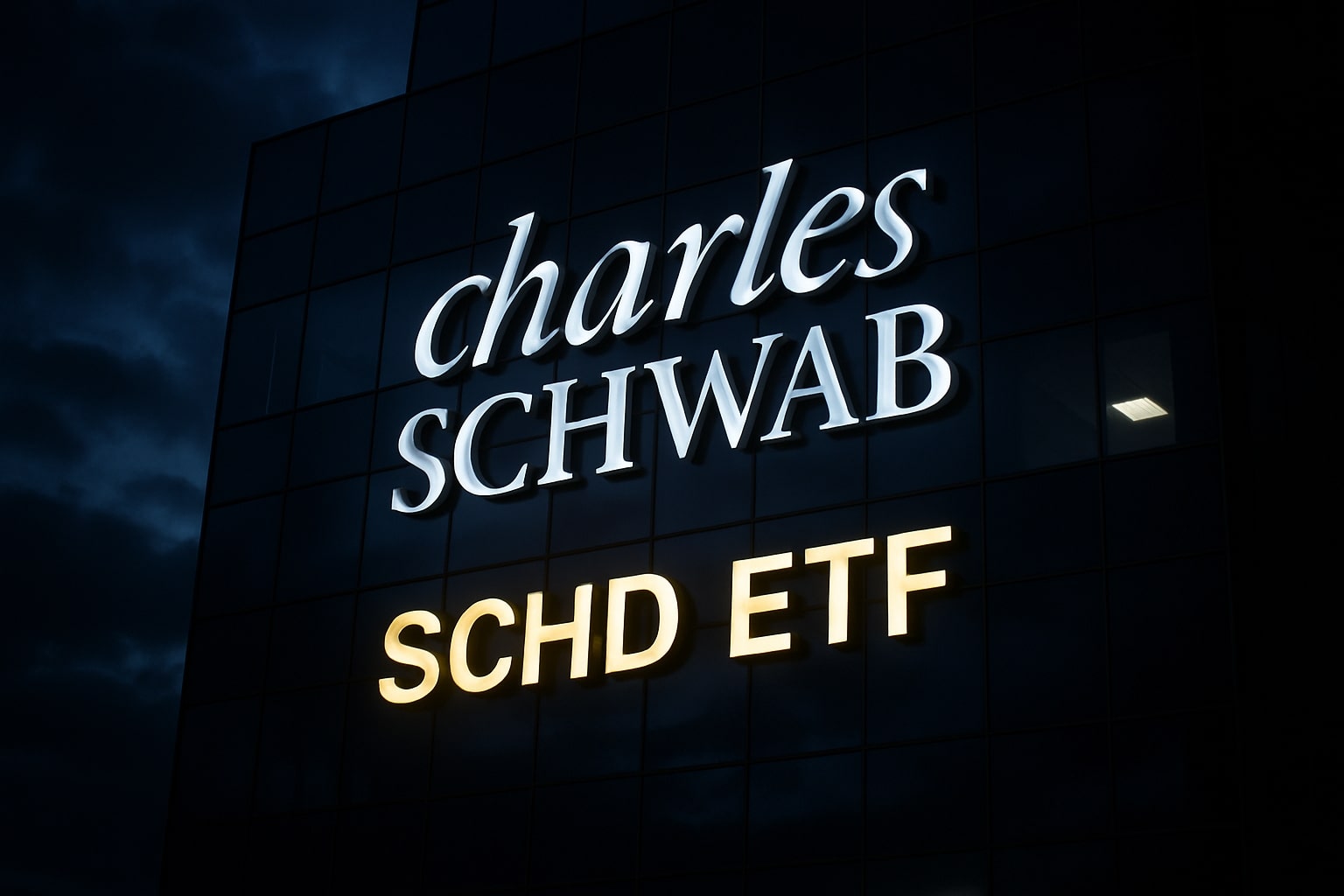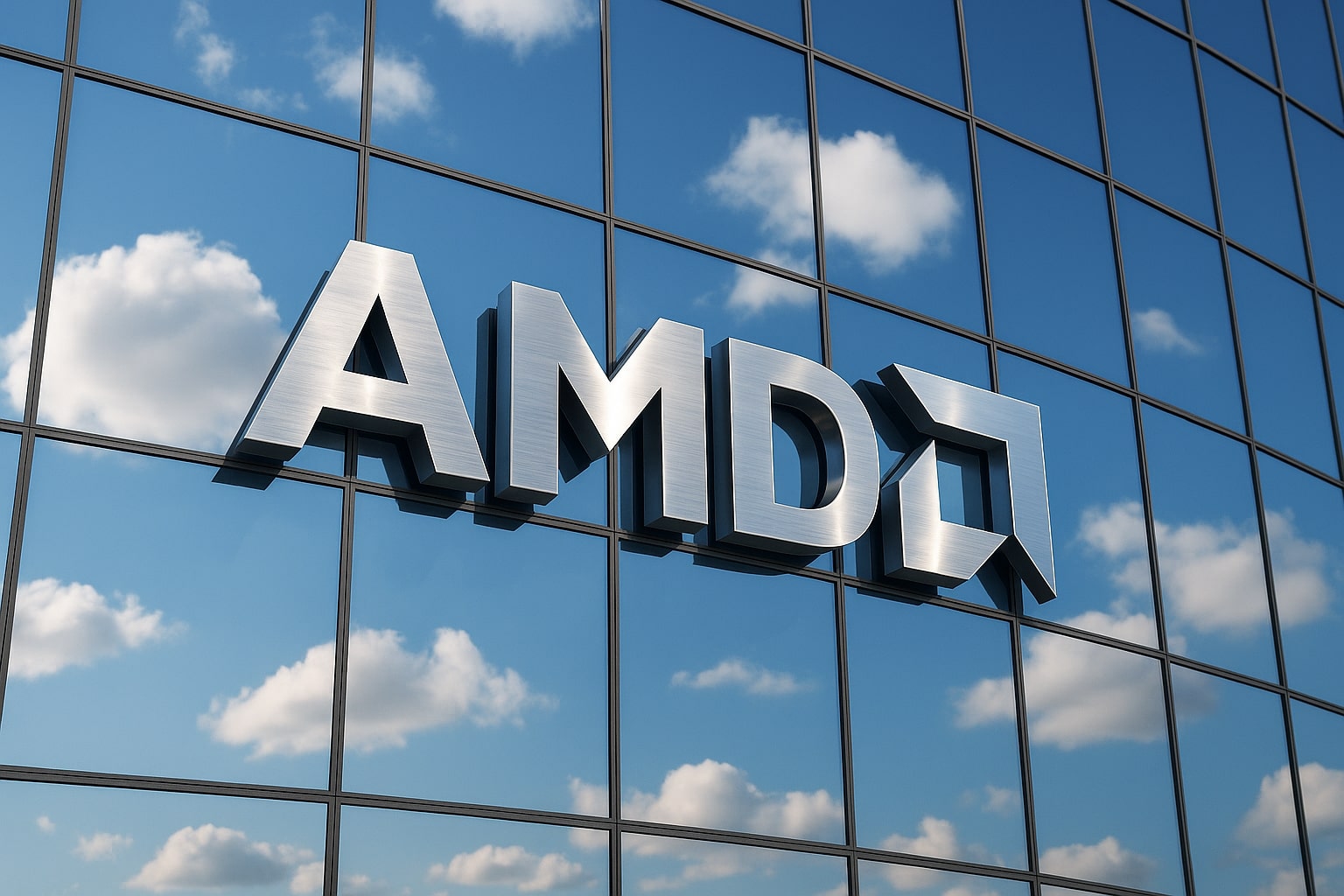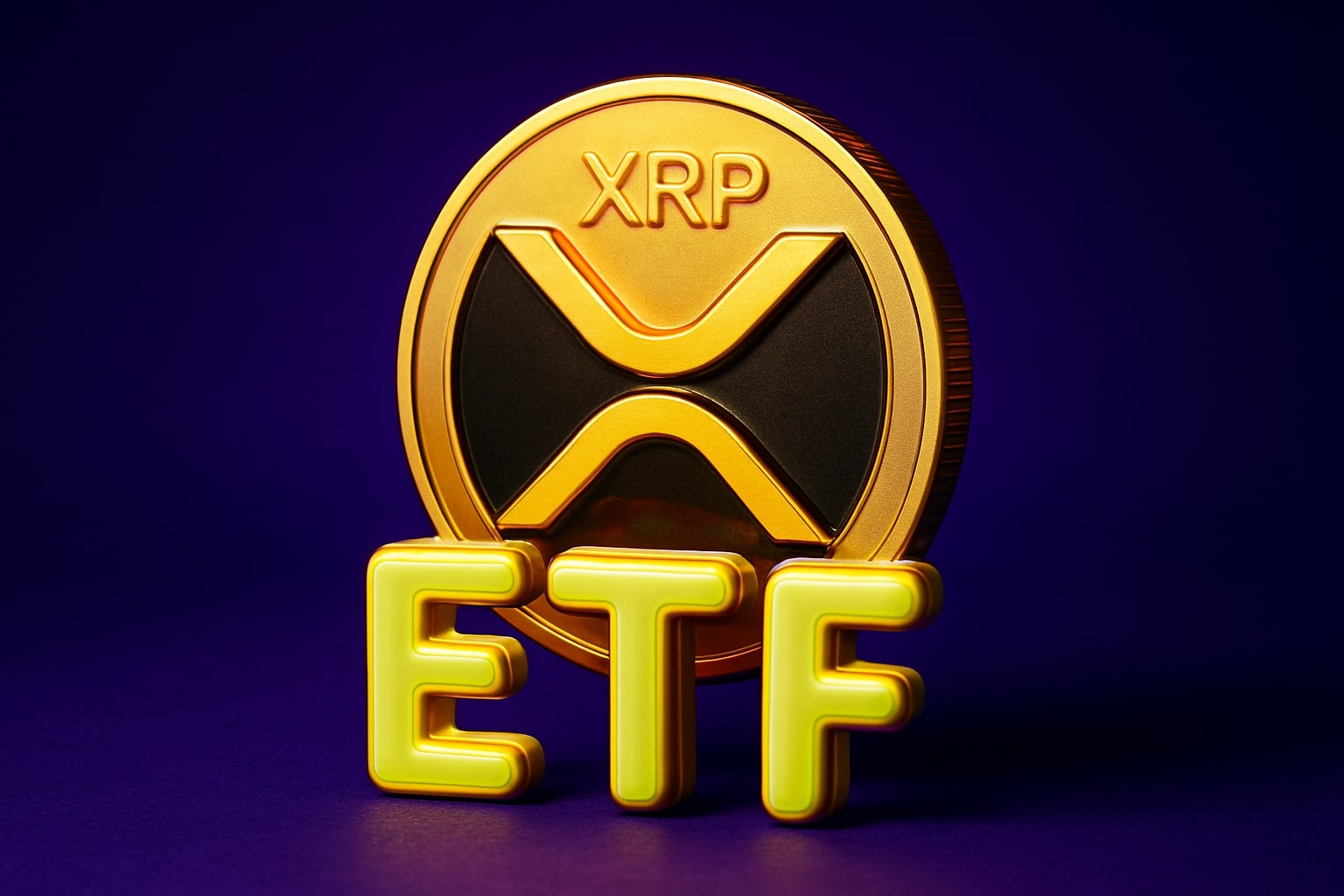TSMC: Dominating the AI Infrastructure Boom and Maintaining Its Chip-Making Leadership
In the rapidly evolving world of artificial intelligence (AI), Taiwan Semiconductor Manufacturing Company (NYSE: TSM) stands as a pillar of the global semiconductor ecosystem. With its unmatched dominance in advanced chip manufacturing, NYSE:TSM is not just riding the AI wave—it’s enabling it. While much of the AI narrative focuses on companies like Nvidia (NVDA) or Amazon (AMZN), the true backbone of this revolution lies in TSMC's fabrication plants, which power the chips driving everything from AI data centers to edge devices.
The AI Supercycle and TSMC's Unmatched Role in Advanced Chip Production
TSMC is responsible for manufacturing over 90% of the world's advanced AI chips, including critical models like Nvidia’s H100, AMD’s MI300X, and Google’s Tensor Processing Unit (TPU). As AI infrastructure spending is expected to surge from $230 billion in 2024 to more than $300 billion by 2025, TSMC’s role in this expansion becomes even more crucial. With a market share that continues to rise, TSMC is poised to benefit immensely from the increasing demand for advanced computing chips, especially as AI and high-performance computing (HPC) workloads take center stage.
In an environment where semiconductor companies like Intel (INTC) and Samsung (SSNLF) are struggling to keep pace, TSMC continues to push the boundaries of chip manufacturing. The company is not just advancing its production capabilities at the 3nm node, but it is also accelerating its path toward 2nm technology. This leadership in cutting-edge fabrication technology ensures TSMC maintains its dominance in high-performance AI chip production, something that no competitor has been able to replicate.
TSMC’s deep technical expertise, particularly in its CoWoS (Chip-on-Wafer-on-Substrate) packaging and 2.5D/3D packaging technologies, has become a game-changer for the AI sector. As AI chips grow more complex, the importance of efficient chip packaging becomes just as critical as the chips themselves. CoWoS, for example, plays a vital role in enhancing the thermal and bandwidth efficiency of AI chips, which directly impacts their performance. This innovation allows TSMC to command premium prices for its high-end packaging services, driving up its profit margins.
Financial Performance: Growth Potential and Near-Term Challenges
As TSMC approaches its Q1 FY25 earnings release on April 17, the company is poised to report underlying strength despite seasonal weakness. The current consensus EPS for Q1 FY25 is projected at $2.05, slightly down from $2.24 in Q4 FY24. However, this decline is largely attributed to the typical post-holiday slowdown in smartphone demand—a segment that has been facing headwinds. Importantly, TSMC has consistently surpassed EPS expectations, with seven beats in the last eight quarters. With analysts revising EPS estimates upward for FY25, the company’s performance is likely to remain robust.
Looking further into the future, TSMC’s financial outlook is incredibly strong. EPS for FY25 is expected to surge to $9.07, and forward guidance for FY26 and FY27 is even more optimistic, with EPS projections of $10.67 and $11.64, respectively. Revenue is projected to rise sharply, with FY26 revenue expected to hit $132.73 billion—an impressive jump from the $111.45 billion forecasted for FY25. This growth is driven by TSMC’s leadership in AI chip production, coupled with its expanding capacity in advanced packaging.
However, the company does face some near-term challenges. Gross margins are expected to decline slightly, from 59% to 58%, as TSMC’s expansion into new regions like Arizona, Japan, and Europe begins to weigh on profitability. These new facilities come with higher supply chain costs and smaller economies of scale, which could result in a modest hit to margins. Investors should closely monitor these changes, as any further margin compression could impact the stock’s near-term performance.
TSMC’s Strategic Investments in AI Infrastructure and Its Impact on Revenue
AI infrastructure investment is growing rapidly, and TSMC is positioned to capture a large share of this expanding market. In 2024, AI-related spending from the tech giants is expected to exceed $230 billion, with TSMC directly benefiting from this surge. TSMC has already reserved over 70% of its 5nm and 3nm production capacity for AI-optimized chips, such as Nvidia’s GH200 Grace Hopper and custom ASICs from companies like Google and Amazon. As AI demand continues to grow, TSMC’s wafer volumes and high-end node prices will directly translate into higher revenue for the company.
What’s particularly noteworthy is the role of TSMC’s advanced packaging technologies. Its CoWoS technology, which is critical for AI chips, is in high demand. CoWoS wafers are priced 2-3 times higher than typical wafers, and they offer much higher margins. With AI-related revenue already accounting for over 40% of TSMC’s wafer revenue, this segment is expected to grow significantly, further boosting the company’s financials. As the AI supercycle continues to unfold, TSMC’s scalable infrastructure and packaging innovations will enable it to capture both volume and value from the expanding AI market.
TSMC’s Expanding Moat: Leadership in Packaging and Edge AI
TSMC’s packaging capabilities have become a critical competitive advantage. With the semiconductor industry’s focus shifting from traditional chip design to packaging, TSMC has emerged as the leader in advanced packaging technologies. Its CoWoS and InFO (Integrated Fan-Out) packaging innovations are essential for the performance of AI chips, as they reduce latency, enhance memory bandwidth, and manage heat dissipation—critical factors for AI workloads.
In addition to its work on advanced packaging, TSMC is also making significant strides in edge AI technologies. As the AI landscape shifts toward decentralized computing, with AI workloads moving from data centers to edge devices like smartphones, security cameras, and automotive systems, TSMC’s specialized platforms are ideally suited for this transition. TSMC’s 6nm and 5nm platforms, optimized for low-power edge AI, are already being adopted by major players like Apple, Qualcomm, and Tesla. As edge AI continues to grow, TSMC will capture an increasing share of this market, further solidifying its leadership position in the semiconductor space.
Valuation: TSMC’s Undervalued Position in the Market
Despite its dominant position in the AI supply chain and cutting-edge semiconductor manufacturing, NYSE:TSM remains undervalued relative to its peers. The company’s forward P/E ratio of 18.8x is 16.5% lower than its 5-year average and significantly lower than other companies in the AI and semiconductor sectors. On a PEG basis, TSMC’s stock is trading at 0.52 (GAAP) and 0.59 (FWD Non-GAAP), well below the sector median, indicating a disconnect between the company’s growth prospects and its valuation multiples.
Moreover, TSMC’s EV/EBITDA and EV/EBIT multiples are trading 30-35% lower than the respective industry averages. This makes TSMC an attractive investment opportunity for those looking to capitalize on the AI supercycle without paying the inflated multiples of software companies or cloud providers. As the dominant player in chip fabrication and packaging, TSMC offers investors exposure to the heart of the AI infrastructure at a reasonable price.
Risks to Consider and the Future Outlook for TSMC
While TSMC’s position in the AI supply chain is enviable, the company is not without its risks. The most immediate concern is the potential for rising capital expenditures (CapEx) to put a strain on the company’s free cash flow. With FY25 CapEx expected to reach $38-42 billion, TSMC will need to manage this increase in spending carefully. If operating cash flow fails to scale with CapEx, investors could see compression in valuation multiples. Additionally, the company’s growing dependency on AI-related revenue raises exposure to cyclical spending shifts. If hyperscalers cut back on infrastructure spending or new chip architectures emerge, TSMC’s revenue growth could be impacted.
However, these risks are mitigated by TSMC’s entrenched position in the semiconductor industry and its ability to maintain a dominant share of the most advanced fabrication nodes. With its 2nm development efforts progressing and packaging innovations continuing to evolve, TSMC is likely to remain a critical player in the AI supply chain for the foreseeable future.
Investment Strategy for TSMC: Buy, Hold, or Sell?
Given TSMC’s leadership in AI chip fabrication, advanced packaging, and edge computing, the company is well-positioned to capture substantial growth in the coming years. Despite some near-term challenges, such as rising CapEx and potential margin compression, TSMC’s dominant position in the AI and semiconductor markets makes it a compelling long-term investment.
At its current valuation, NYSE:TSM represents an attractive opportunity for investors looking to gain exposure to the AI supercycle without overpaying for inflated software or cloud stocks. As the company continues to dominate both the high-end node market and the advanced packaging sector, it offers significant upside potential, particularly as demand for AI chips continues to skyrocket.
For real-time updates on NYSE:TSM, you can track the stock’s performance here.









